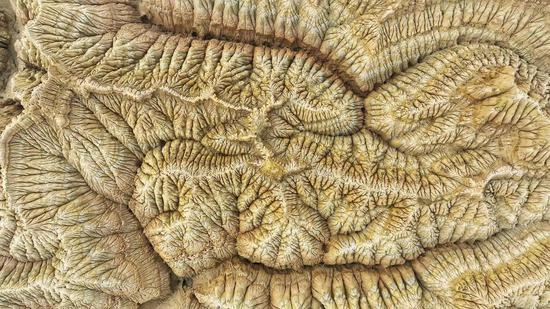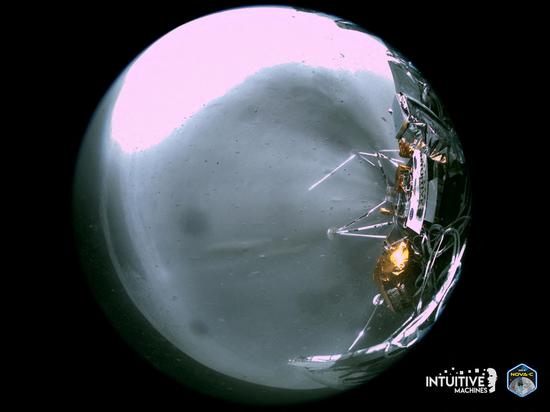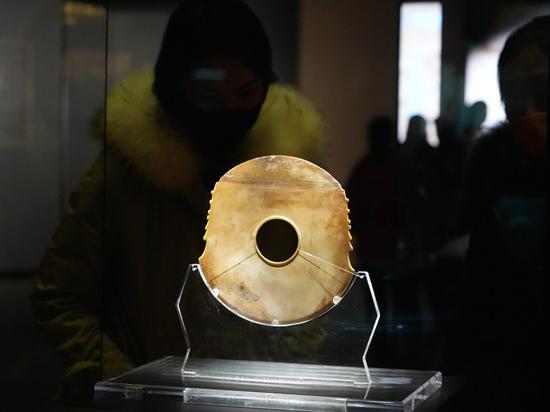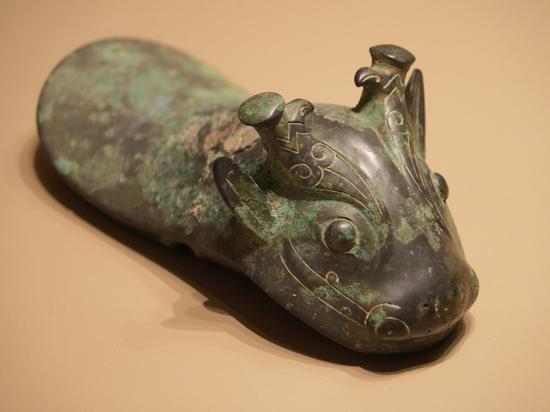
The construction of stable transgenic plants based on the tobacco chloroplast genome. (Photo provided to chinadaily.com)
Chinese scientists have successfully resolved the largest and most complex chloroplast RNA polymerase structure, a major mystery in the scientific community for decades.
Zhang Yu from the Center for Excellence in Molecular Plant Sciences at the Chinese Academy of Sciences and Zhou Fei from Huazhong Agricultural University published their study in Cellon Friday.
The academic journal featured their study, titled "Cryo-EM structures of the plant plastid-encoded RNA polymerase", as a cover article. The cover features a structural map of chloroplast RNA polymerase.
RNA polymerase is sometimes referred to as the CPU in cells, regulating the entire process of genetic transcription from DNA to RNA.
During the study, the team used advanced microscopes to observe how chloroplast RNA polymerase functions in plants to regulate growth and health at the genetic level. Their model now provides a structural basis for further research on the mechanisms and functions of transcriptional regulation in chloroplasts.
Scientists have discovered 9 types of RNA polymerase in three domains (bacterial, archaea, and eukaryotic domains) of organisms.


















































 京公网安备 11010202009201号
京公网安备 11010202009201号